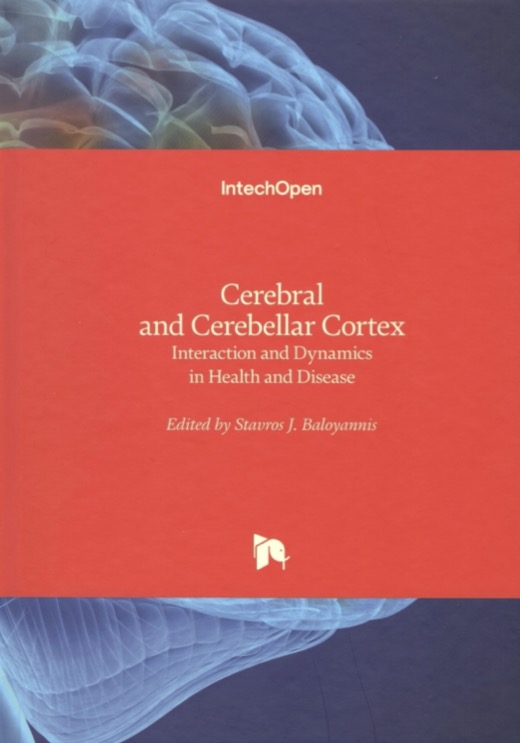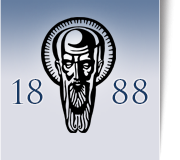Cerebral and Cerebellar Cortex – Interaction and Dynamics in Health and Disease

Cerebral and Cerebellar Cortex – Interaction and Dynamics in Health and Disease
ISBN: 978-1-83968-094-6
Print ISBN: 978-1-83968-093-9
eBook (PDF) ISBN: 978-1-83968-098-4
DOI: 10.5772/intechopen.87441
Copyright year: 2021
Annotation: The book is a collective monograph that discusses several important issues of cerebrospinal cooperation and interactions. The morphological and functional study of the cerebral and cerebral cortex and their interaction are fundamental for the interpretation of the clinical phenomenology of cortical degenerations in the initial stage of the disease.
In addition, the analysis of the cerebral-cerebellar interactions strongly supports the concept of close functional unity and harmonization of the cerebral cortex and cerebellum. The important role that the cerebral cortex plays in the fulfilment of higher mental abilities, creativity, emotional processes and homeostatic balance of the human body is emphasized.
Dynamic of Praxis Functions in the Context of Maturation of the Parietal and Frontal Brain Regions in the Period 4–6 Years of Age
by Neli Vasileva and Jivko Jekov
Abstract: In recent years, child neuropsychology has paid special attention to ontogenesis and trends in the development of practical functions during the preschool period, given their relationship to practical skills and children’s readiness to learn. On the other hand, the dynamics of complex types of praxis is an indicator of the integration between the brain regions responsible for the perception, programming and recoding of motor patterns. The article presents a comparative analysis of data from a study of two types of praxis functions (dynamic praxis and spatial postural praxis) in children with typical development in the period 4–6 years. The specificity of the performance of neuropsychological tests is an indicator of the functioning and the degree of neuronal connectivity of the parietal and premotor regions of the left hemisphere. The data from the study show a similar trend in the dynamics of the studied functions and the influence on them of three independent factors: age, social conditions (type of settlement) and gender. Significant improvement in the performance of the tasks is observed in children at the age of 6, which is a reason to consider this age as critical for the maturation and neurophysiological connectivity of the structures of the parietal and premotor regions. The assessment of complex types of praxis in this period is an objective indicator of the neuropsychological development of children and has an indisputable prognostic effect for future learning disorders.


